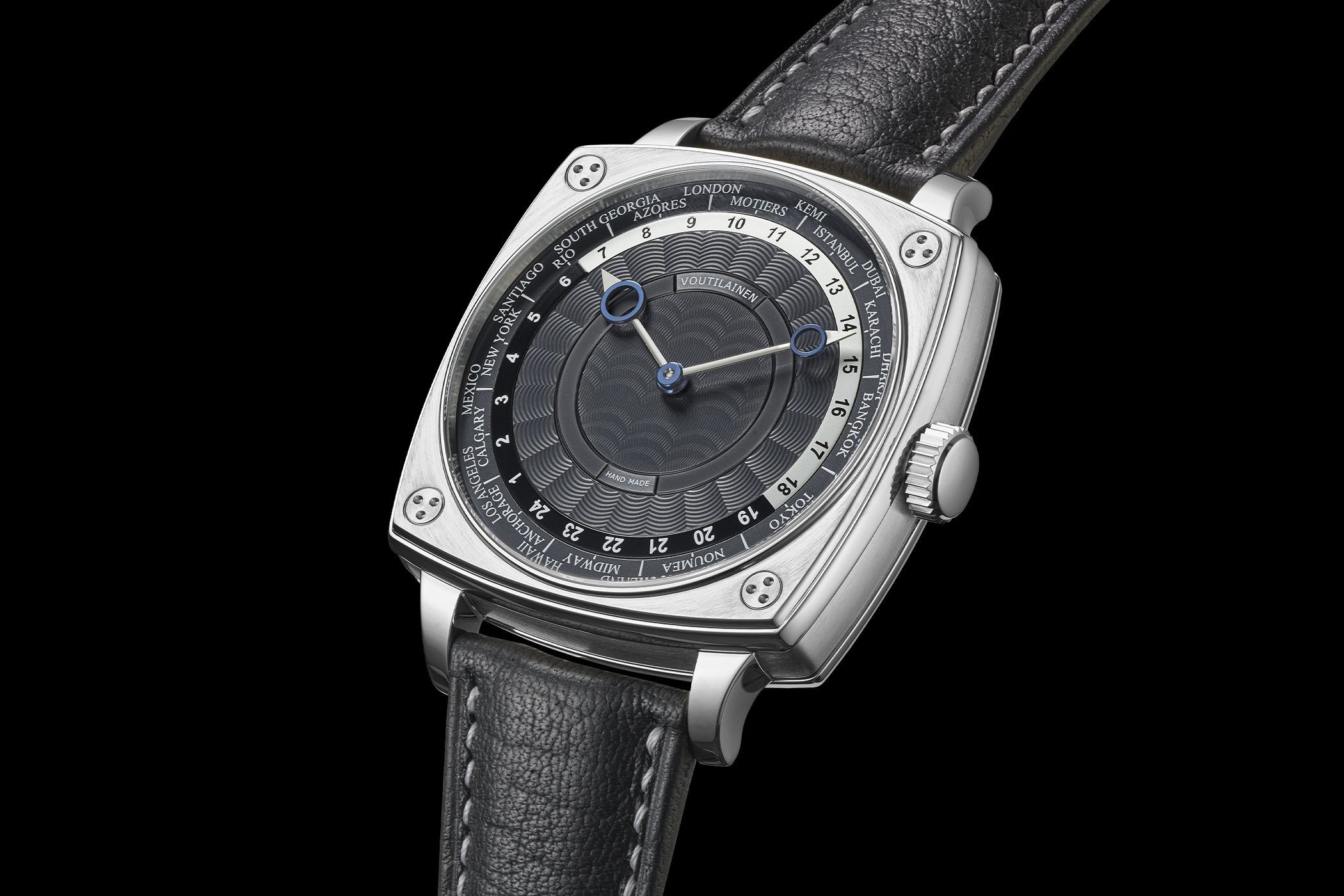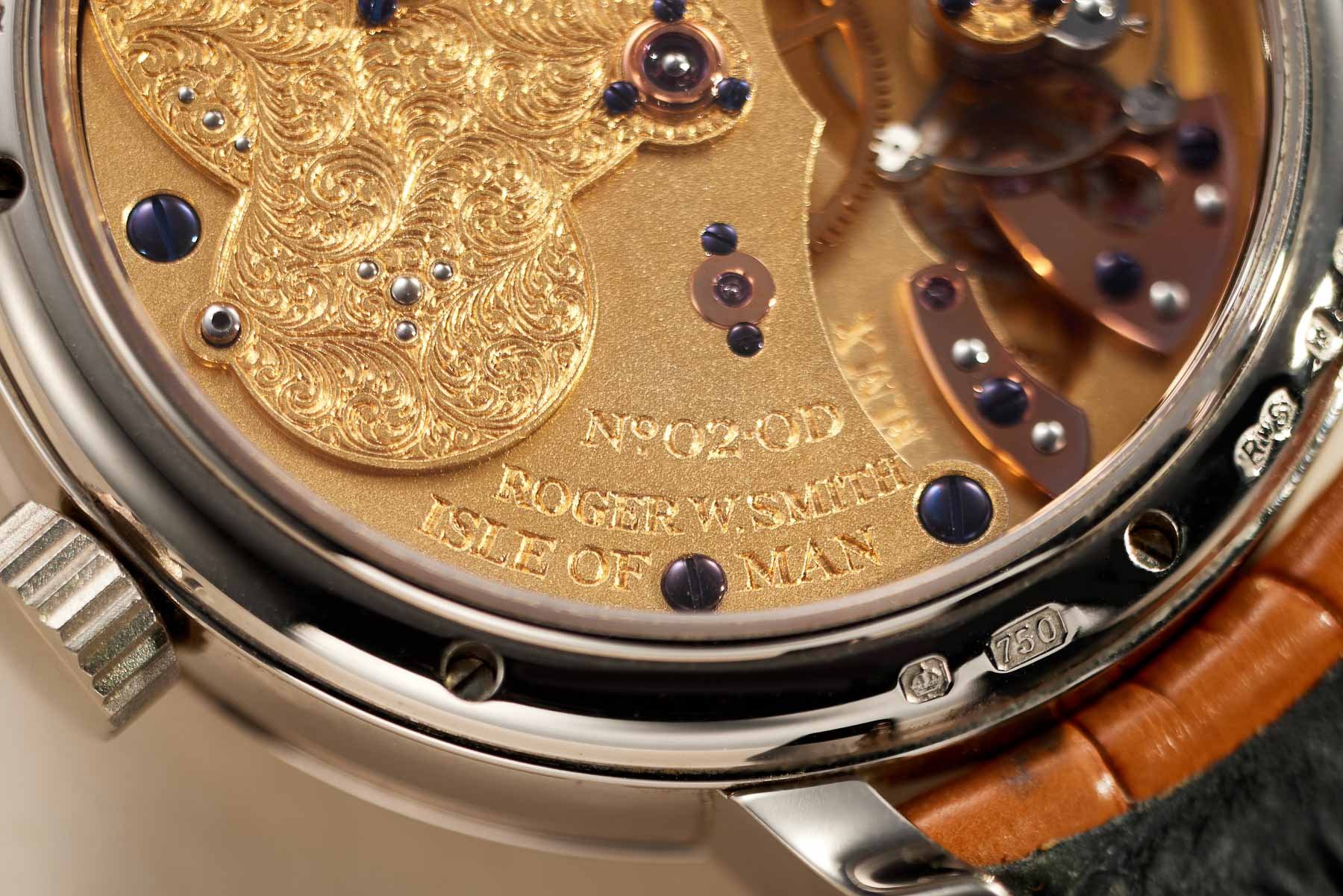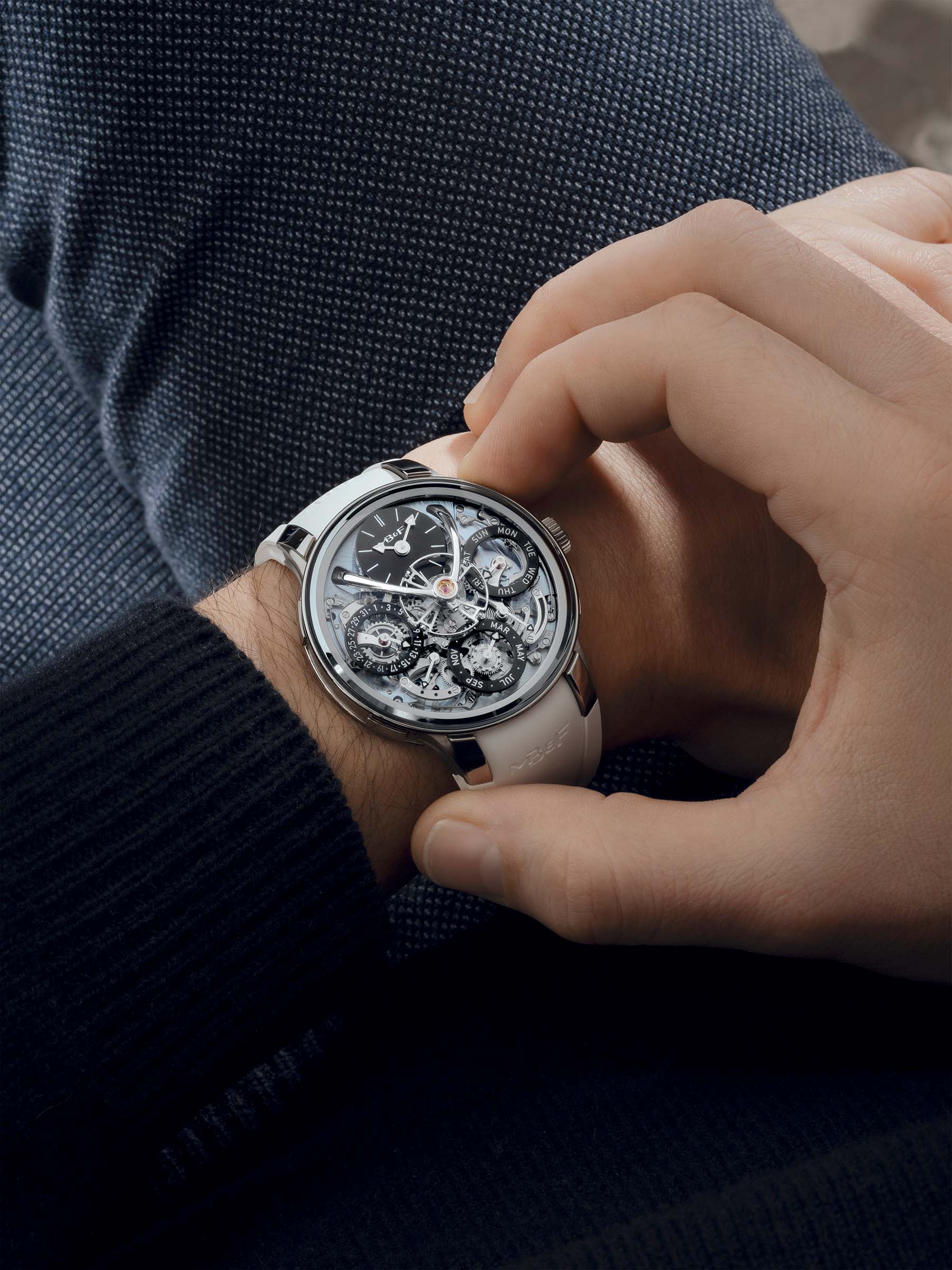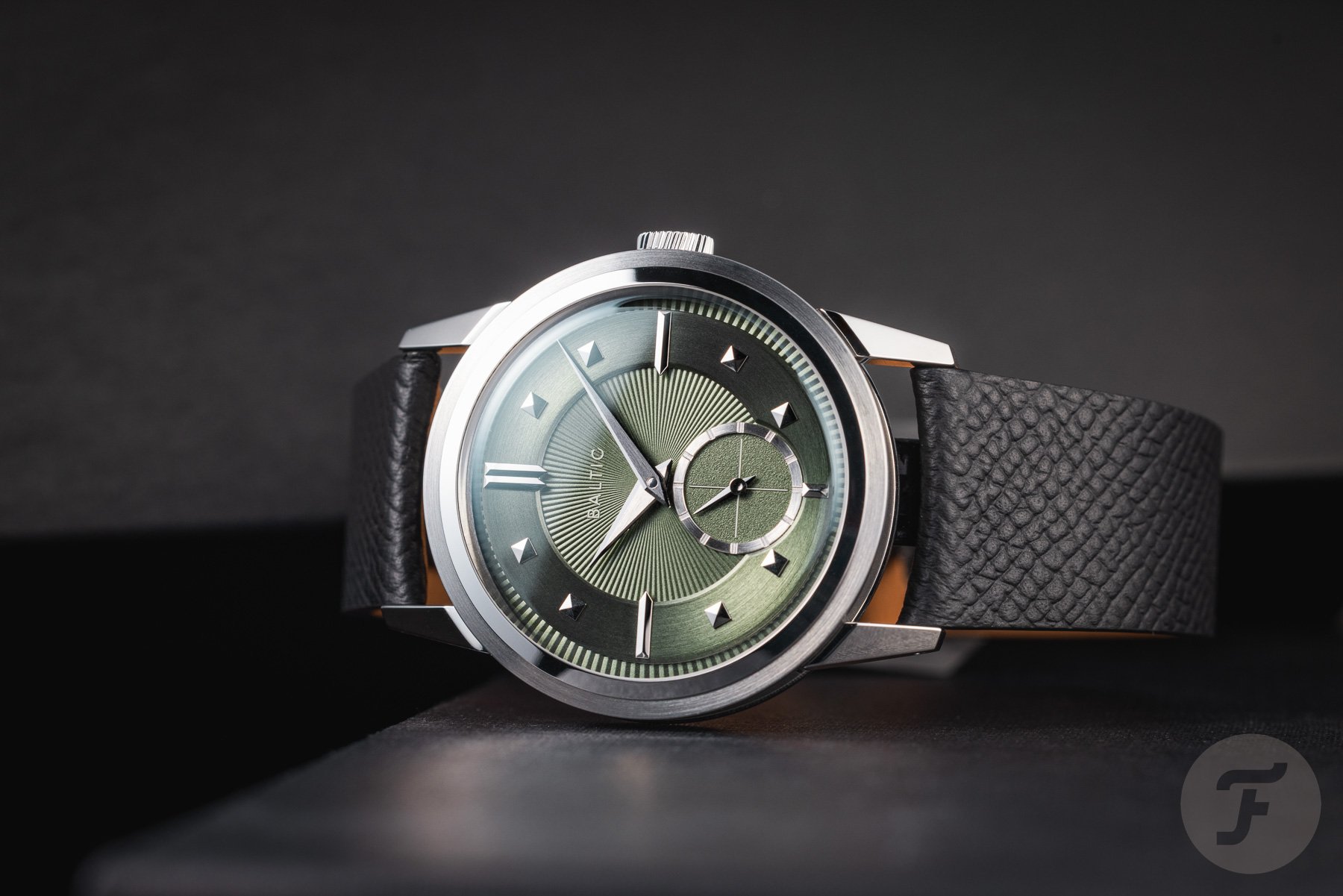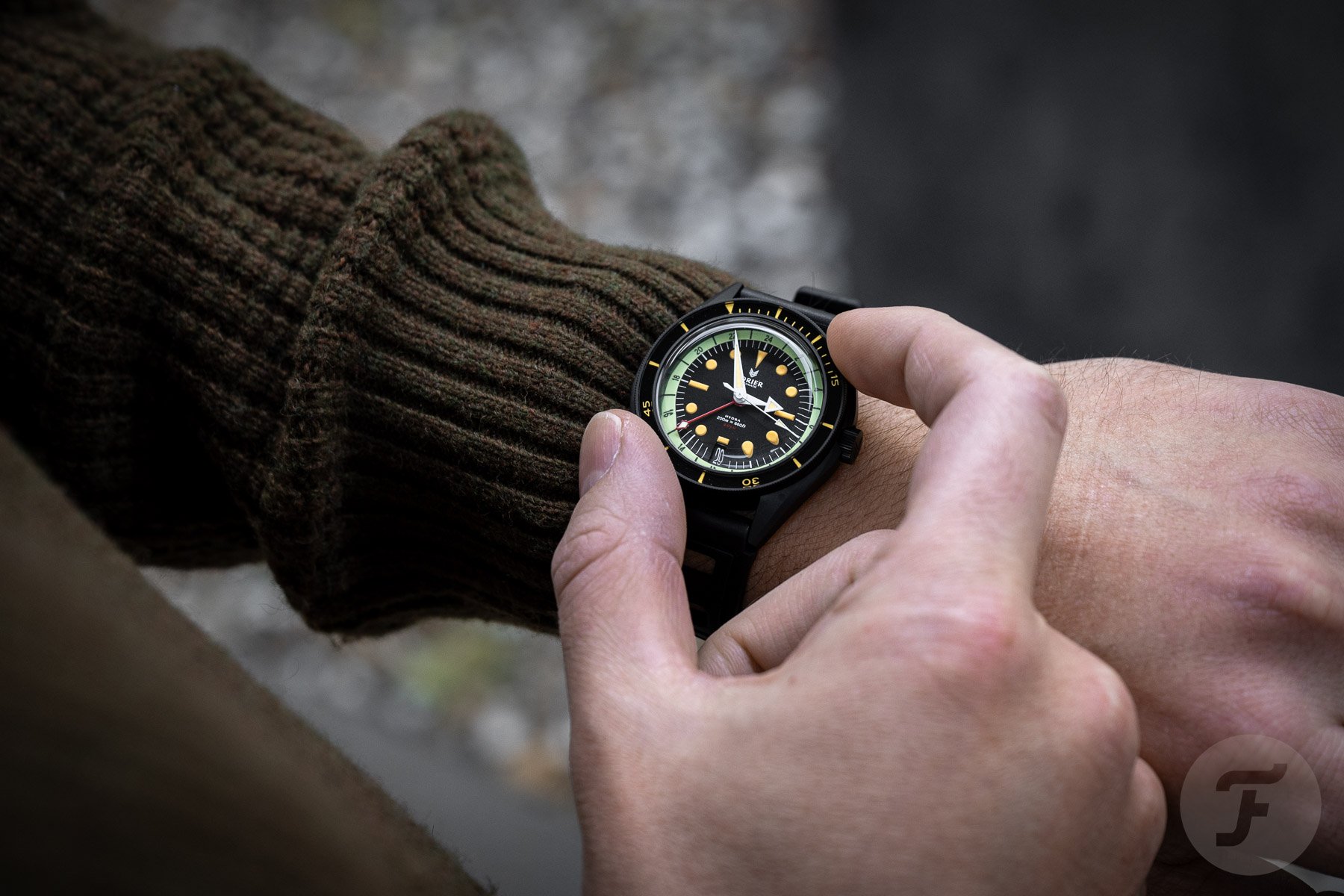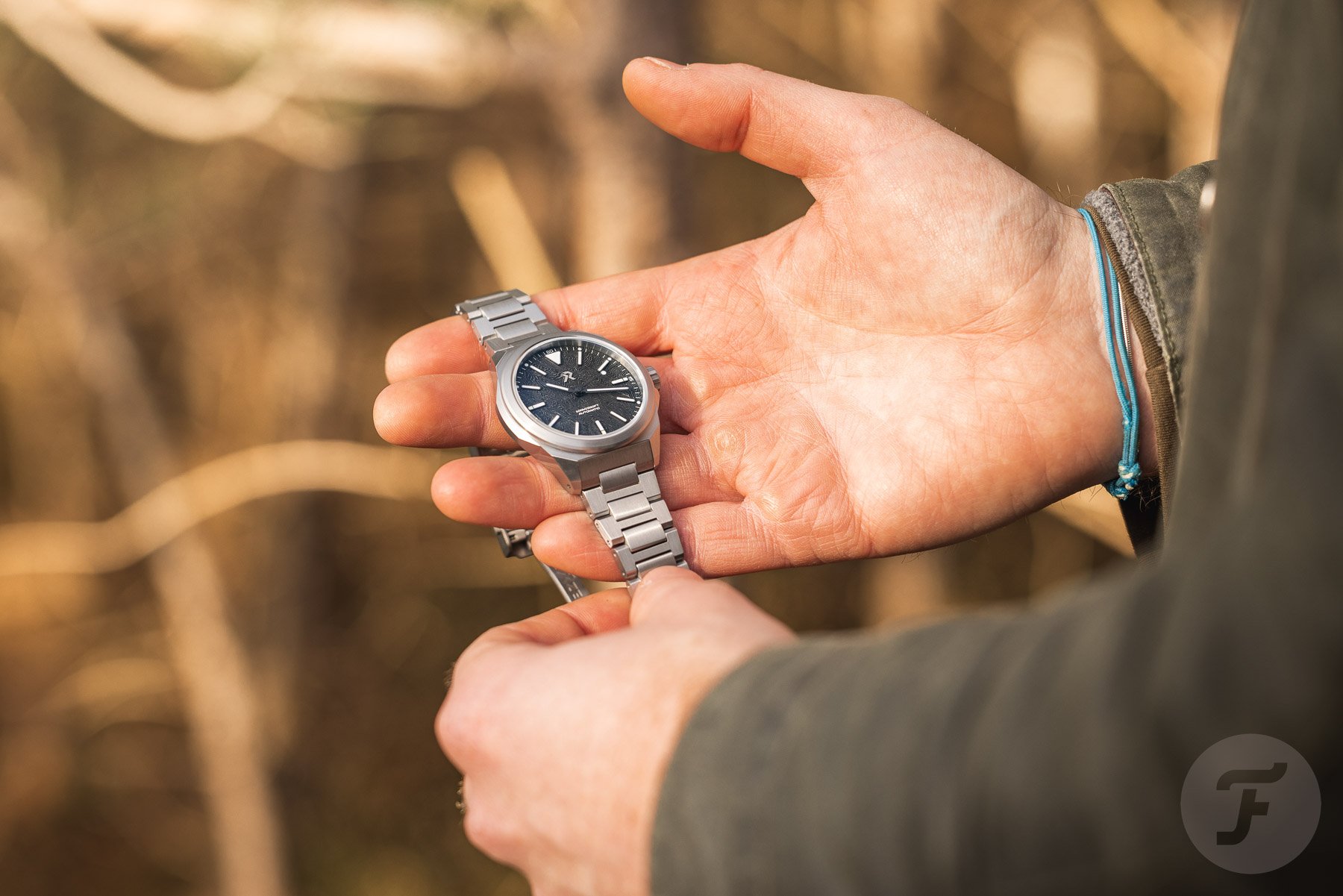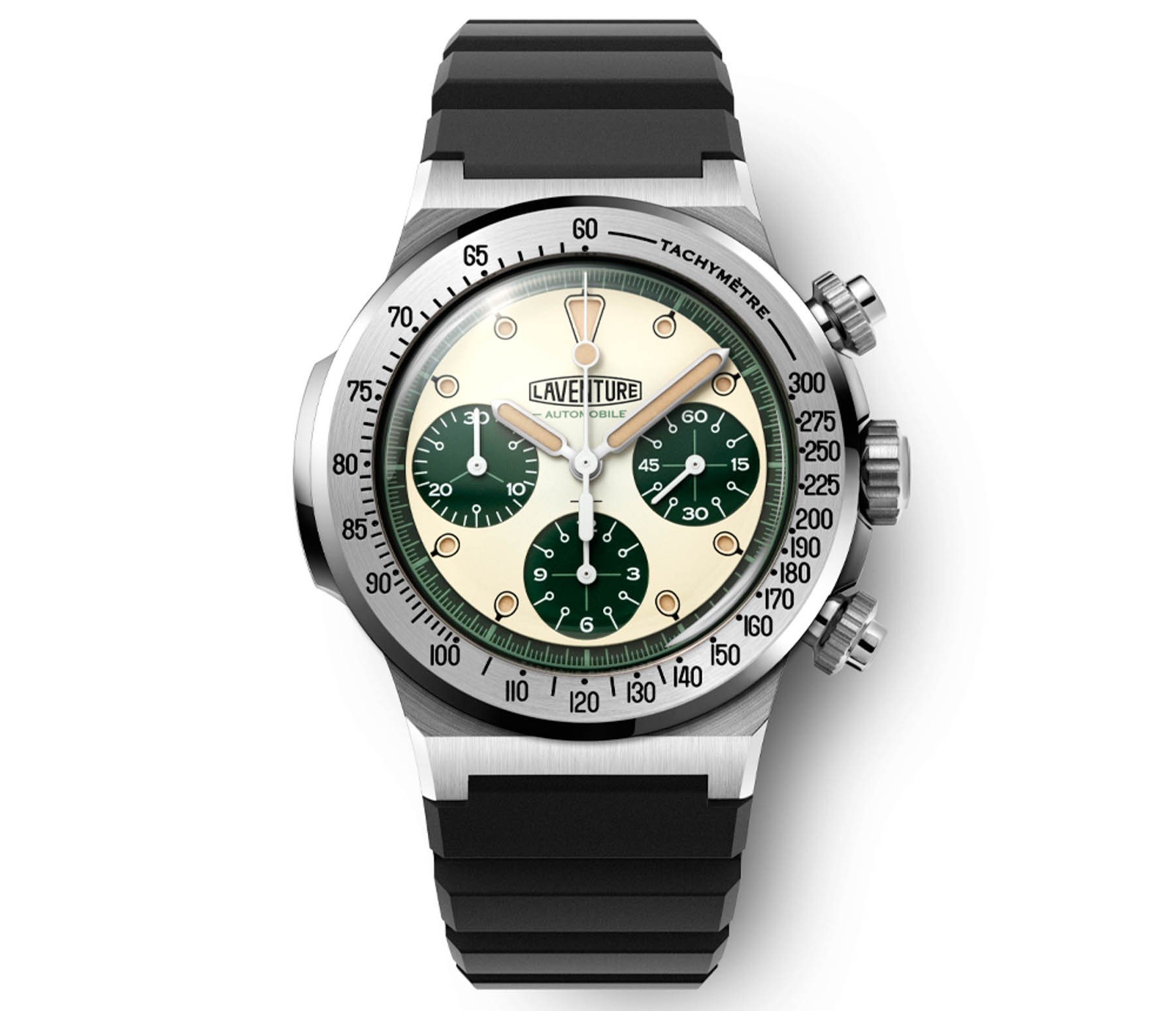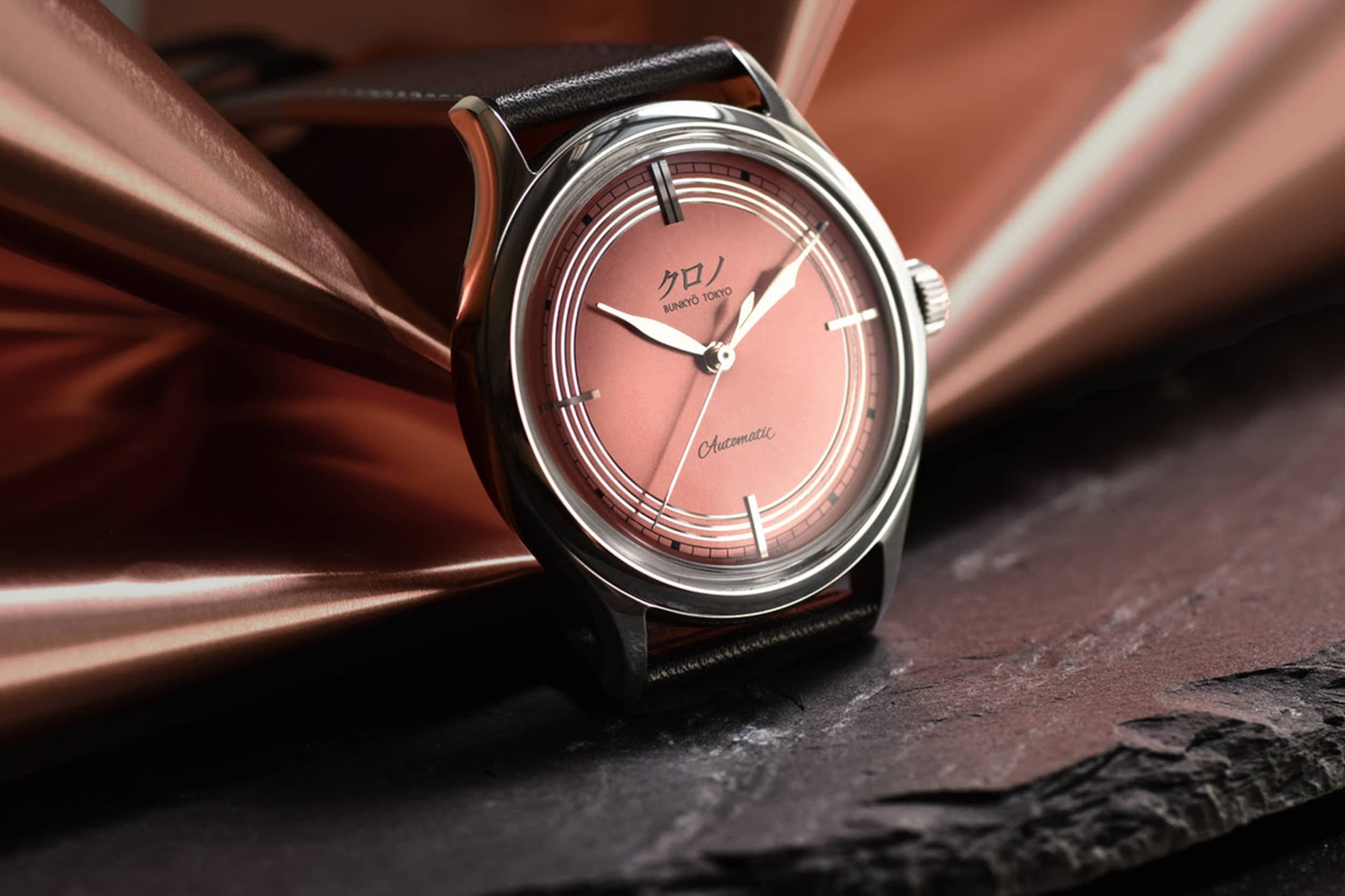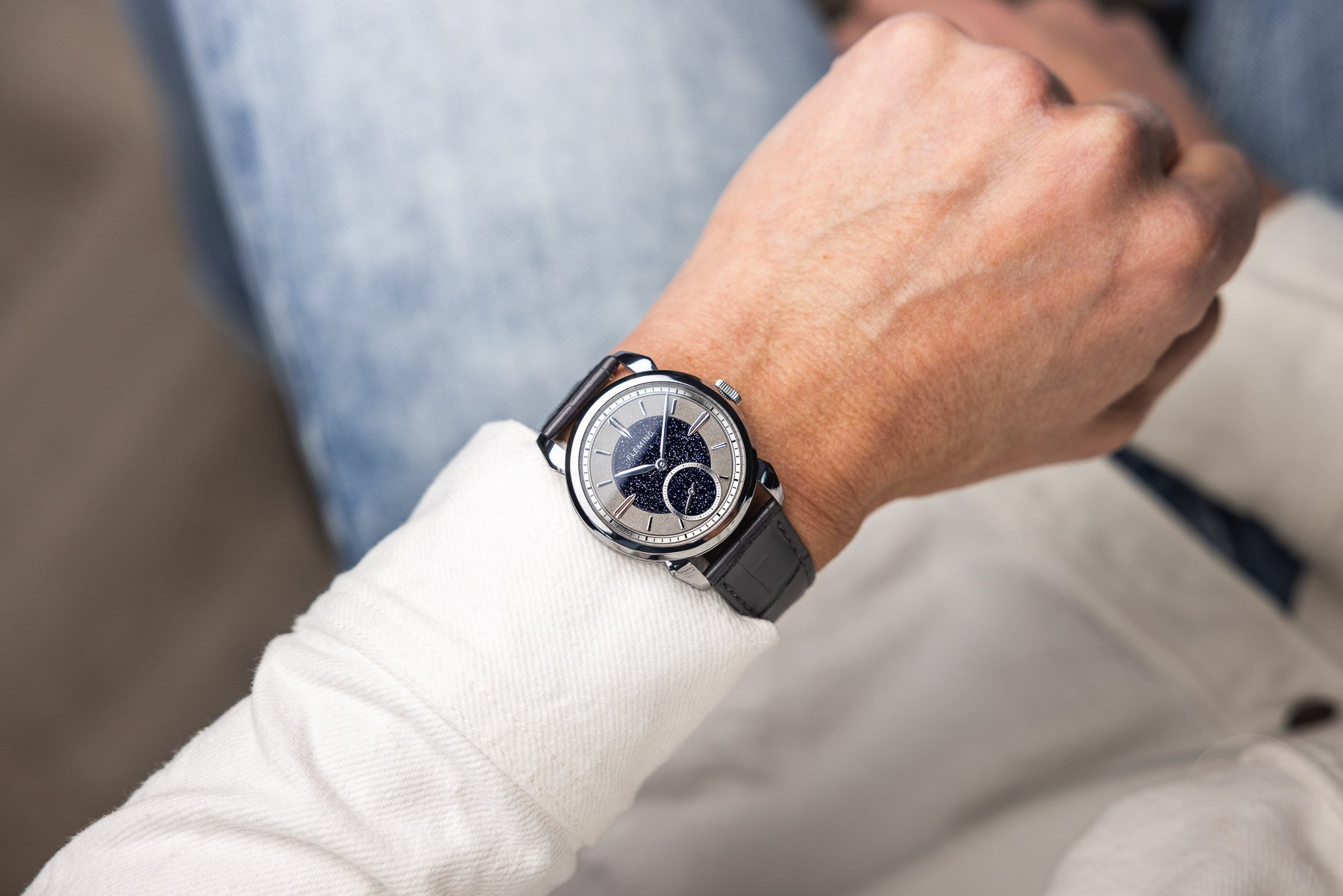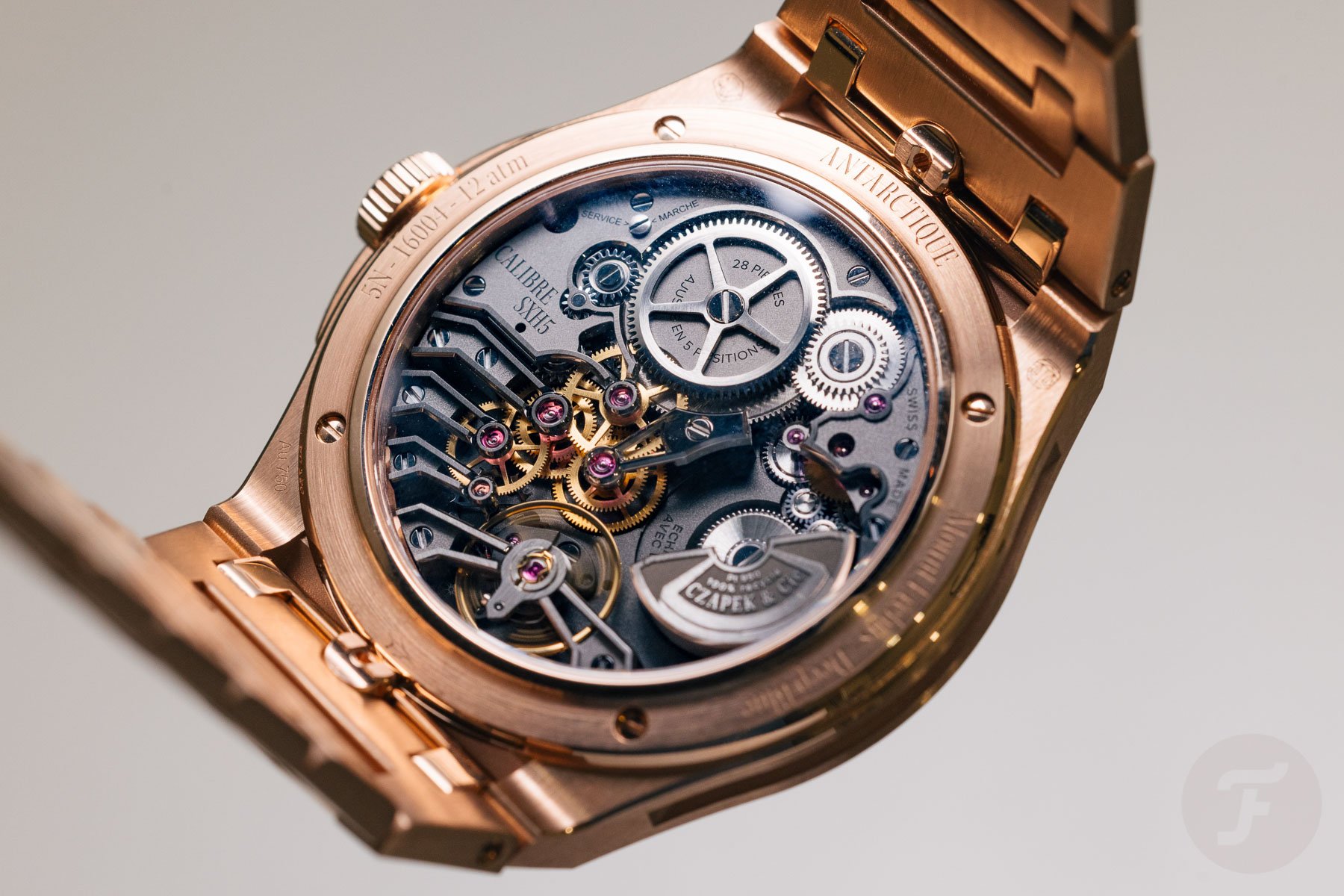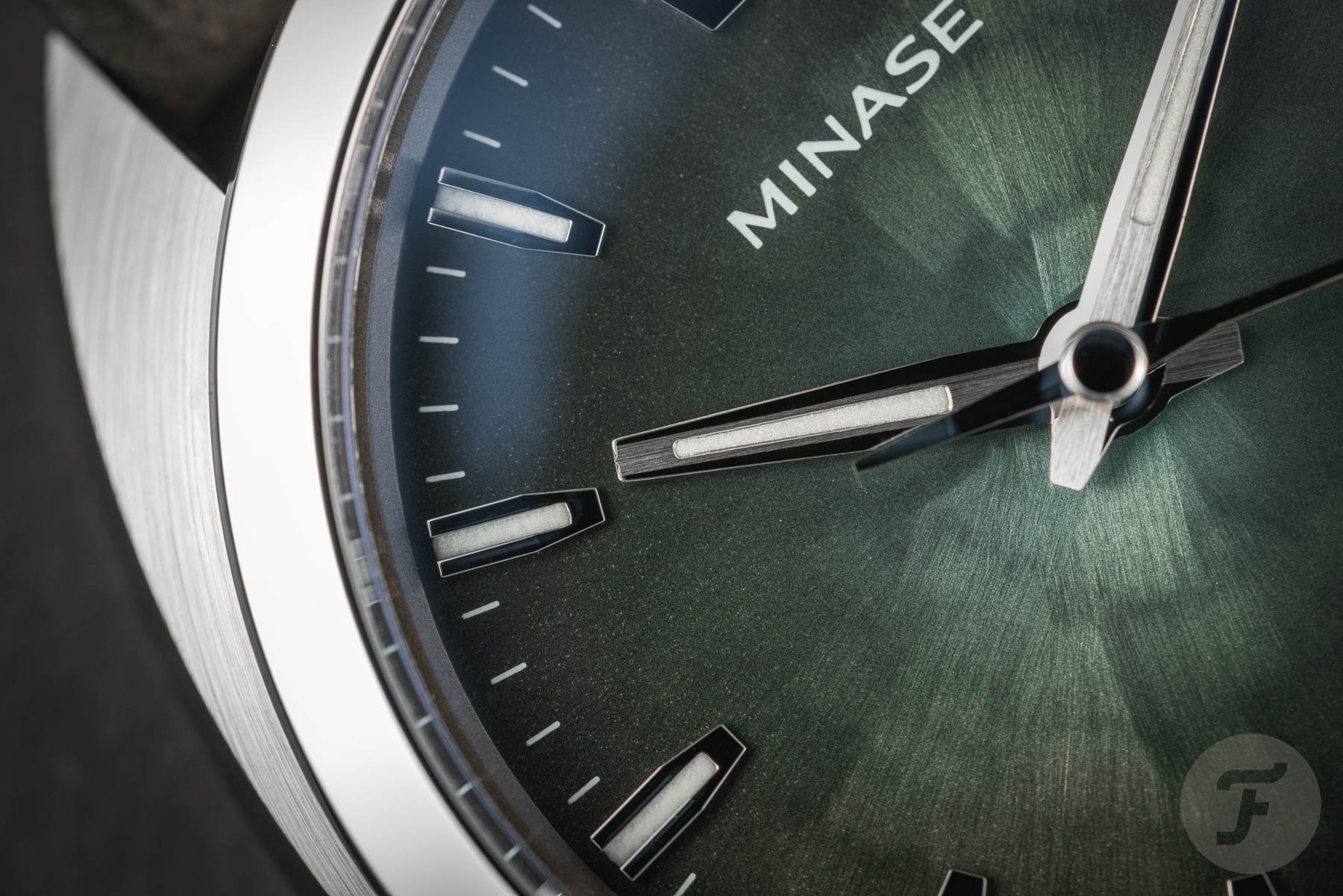The Rise Of The Independents: Changing The Horological Landscape
Contrary to what the title of this article may imply, independent watchmaking is nothing new. Most of the big names have been around for decades, and even their more meteoric rise is several years underway now. Still, the rise of independents is an indicator of a changing landscape that reaches beyond this handful of exalted creators. They are the tip of a much larger iceberg that is becoming a more and more prominent feature in the horological landscape.
Answering a call for rarity, individuality, and uniqueness, small-scale watch companies are gaining traction. From microbrands to modders and from externally sourcing high-end watch brands to full-on independents, they are up and coming in all price segments.
Defining independents
For clarity’s sake, we need to define some terms. This article is about independents in the broad sense of the word. I am speaking here of watch companies that are unaffiliated with large luxury groups. They are often relatively young, founder-owned, and small enterprises. There are many exemptions to these guidelines, but let’s take this as a starting point.
Independent high-end watchmakers fall within this definition. They are often labeled “independents,” but I feel we can stretch that definition quite far to explore my premise. Let me assert that I am only bunching them with microbrands on the terms above, much like a global superstar soprano and a local guitar teacher are both professional musicians, even though their working days look nothing alike and their value is gauged on totally different merits.
The champions’ league: Independent Haute Horlogerie
At the top, we find names such as Philippe Dufour, MB&F, F.P.Journe, Vianney Halter, Roger Smith, and Kari Voutilainen. It seems evident today that they are at the top of the food chain in the watch world. Their creations beggar belief, push artistic and technological boundaries, and command astronomical prices. Nevertheless, they can have waiting lists of 10 years or more or may have even ceased taking orders altogether.
Still, most of these independents have known harder days. For the longest time, it seemed like they would forever work for the love of creating, not for money. Their watches have, however, become the ultimate expression of one’s passion for horology. Once you have your collection of Pateks, Langes, and Vacherons, this is the next level.
Rarity is surely a part of it. Most of these independents produce a few dozen watches per year, and they could not scale up if they wanted to due to a lack of craftspeople with the required skills. But there is also the romance of the lone artist with a singular, radical vision. Whether it is MB&F, Urwerk, or Roger Smith, this is where the most extreme innovation and artistry takes place.
Entry-level independents: Microbrands
Independents inhabit every price segment. In fact, some microbrands are pushing the boundaries, specifically at the entry level. Not too long ago, many focused strongly on value for money. They often took inspiration from iconic watches for their designs and executed them to a relatively high spec at very competitive prices.
This made them divisive. Some enthusiasts saw them as the Robin Hoods of watchmaking, fighting the pomp and circumstance and inflated prices. Others saw them as imitators, selling derivative designs at compromised quality. However, microbrands have come a long way since. They play to their strengths, specifically individuality. Often run by a single aficionado or a handful at most, they can be more radical and characterful than shareholder-focused big brands. They can represent a singular artistic vision, resulting in more inspired watches than some of the mainstream design-by-committee offerings. They take a page from the Haute Horlogerie independents’ book in this sense.
Microbrands have also broken free from the “cheap and cheerful” stigma. Low overhead means they can still often provide better value, but they now venture into higher-end watchmaking too. This broadens their audience. Enthusiasts who weren’t interested just a few years back may find themselves lusting after a microbrand offering today. I think the personal touch and approachable nature of these independents contrast the faceless mainstream brands quite favorably, especially in a time of crazy price hikes and unavailability.
The mid-range and higher-end independents
As mentioned above, some microbrands are venturing into the higher segments. You now see features that used to be exclusively for big brands. Higher-end features such as exotic materials, top-level finishing, handwork, and even proprietary calibers are now abundant in independent offerings. For transparency’s sake, I own such a fledgling watch company myself, so you see why I am bullish on the segment.
If you thought there was a gap between microbrands and independent watchmakers, it is being filled as we speak. We see hybrids emerge that offer externally produced Haute Horlogerie watches. As with mainstream watch brands, the amount of work they do themselves varies. Some source parts externally while doing a lot of customization and assembly in-house. Others get their designs produced entirely externally, as most microbrands do.
In a sense, this harks back to the old watch industry. Today, mainstream brands are pushed to hold up the illusion that they do everything by themselves under one roof. For the longest time, however, there was no shame at all in sourcing cases from a case maker and dials from a cadranier. Independents like Fleming now embrace that approach once more, even in a seriously high segment.
Independents within the broader watch world
It seems that independent watch companies in all segments manage to find a connection with enthusiasts. This makes sense as their small scale allows them to ignore the masses. You can be much more radical and specific if you only have to find tens or hundreds of buyers per year rather than hundreds of thousands. This means independents can be ultra-niche, ignored by most, and loved by a handful.
There are justified reservations too. It can be hard to separate the wheat from the chaff, especially among online-only offerings. Specs are easily compared online, but actual quality and finishing are not. And how about the availability of parts in the long term? Who can service your watch if a tiny independent inadvertently goes bust? You want to be sure a small watch company has its ducks in a row in this sense. As trust is easier lost than gained, a single case of mismanagement from one such company can harm the entire segment’s reputation.
I find this part of the watch industry infinitely fascinating, as my effort to be part of it illustrates. I expect independents to become more and more prominent, especially among the enthusiast community. Many group-owned mainstream brands are shifting focus away from the enthusiasts, leaving a gap to be filled. Small-scale independent watch companies seem properly equipped for the task. Let’s see how important they become over the coming years!
What do you think of the rise of independents across all segments? Let us know in the comments section below!

